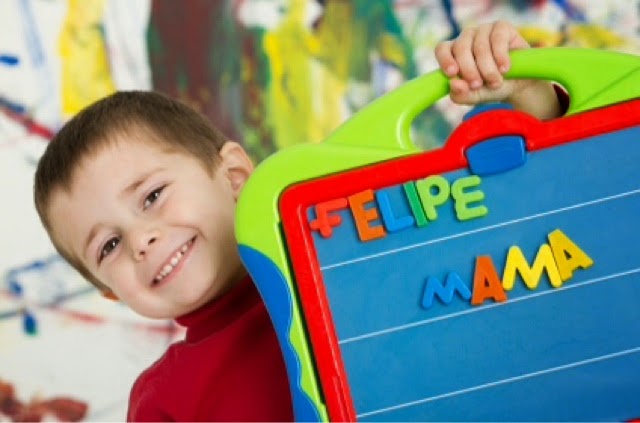Guest Post
At my fifth and last child’s high school graduation, I settled into a seat next to a gentleman who was the father of another graduate.
When the ceremony ended, most of the parents excitedly rushed forward to take photos of their sons and daughters. But this fellow just sat there in a classic dejected pose, his hands on his cheeks and his elbows on his knees.
He appeared numb rather than jubilant, not what you expect from a proud parent of a child who just earned a high school diploma.
“Are you all right?” I asked.
“Have I ever messed up,” he replied. “This is the first moment it’s hit me that my little girl will be headed to college in a few months and I have to start paying for her college education.”
I couldn’t do much more than wish him luck, but the encounter left me wondering just how many parents wait until the day of their child’s high school graduation to start the financial planning for college.
And whether they start saving early or late, my bet is that a great majority of parents focus mostly on the costs of tuition and a dormitory room. That’s understandable. Those costs alone seem staggering these days.
Just think of it. The College Board tells us that the average cost of tuition and fees for the 2014–2015 school year was $31,231 at private colleges, $9,139 for state residents at public colleges, and $22,958 for out-of-state residents attending public universities.
The average cost of room and board ranges from $9,804 at public schools to $11,188 at private schools.
All that money gets you through just one year.
But college expenses go far beyond tuition and a place to sleep. Parents and students need to prepare themselves for what I think of as the hidden trapdoors of putting your kids through college.
These extra expenses can be killer, especially for parents who are not wealthy.
Let’s take a look at a few of them:
• Computers and printers. Your child may have survived high school by using your home computer and printer, but if he or she is heading out of town to college that’s about to change. A laptop and a printer are necessities in today’s higher-education world. If you are undecided on a high school graduation gift, this could be the ticket. It’s money that will be spent anyway. Sure, a student can use a computer in the college library or possibly in computer labs scattered around the campus, but they aren’t always available or convenient.
Costs vary greatly, of course. A budget laptop can be had for $400 or $500; maybe less in some cases. High-powered models can easily top $1,000. The additional problem with computers and printers is that they eventually need to be replaced. Your student might not make it through four years (or more) of college without having to buy a second one.
• Textbooks. This is one expense many parents may have thought about, at least briefly. But it can still be sobering to actually view the prices. In some cases, a single book can cost a few hundred dollars. The College Board estimates that the average student spends about $1,200 a year on books and supplies. (Some parents probably spent less than that on tuition back in their college days.)
• Fraternities, sororities and other social activities. Granted, this isn’t a necessity, but let’s face it. No student is going to study all the time. Part of the college experience is involvement in campus activities. Some of those are cheap or free, which is good. But some come with costs attached. USA Today reported last fall that fraternity and sorority members can pay from several hundred dollars to more than $1,000 a semester for the privilege of being part of their organizations.
• Other necessities and extras. Transportation, clothing, entertainment and other miscellaneous expenses will add to the bottom line on that college bill. Some of those will be more relevant – and costly – than others, depending on the student. At least there is room for being frugal here.
Keep in mind that none of this means every dollar needs to come out of mom and dad’s wallet.
An intrepid college student should be able to find a job on or around the campus, whether working at the college book store, handling duties around the dormitory or bagging groceries at a nearby supermarket.
Unfortunately, those financial trapdoors can’t be avoided. But a little awareness and good planning should have you prepared for the moment when they’re flung open in front of you.
About Jim Chilton
Jim Chilton is the founder and chief executive officer for the Society for Financial Awareness, or SOFA (www.sofausa.org), a non-profit public benefit corporation with a mission to provide financial education across America. SOFA conducts free financial workshops and seminars to individuals, companies, and organizations on such topics as “Getting Fiscally Fit,” “Financial Blunders,” “Exploring Your Options for a Quality Retirement” and “Solving Debt.” Chilton is a San Diego, Calif., native and alumnus of San Diego State University. After college, he became a high school teacher and coach, but later joined the financial services industry. After achieving a desirable level of success, Chilton felt the need to do more for the community and in 1993 founded SOFA.



















